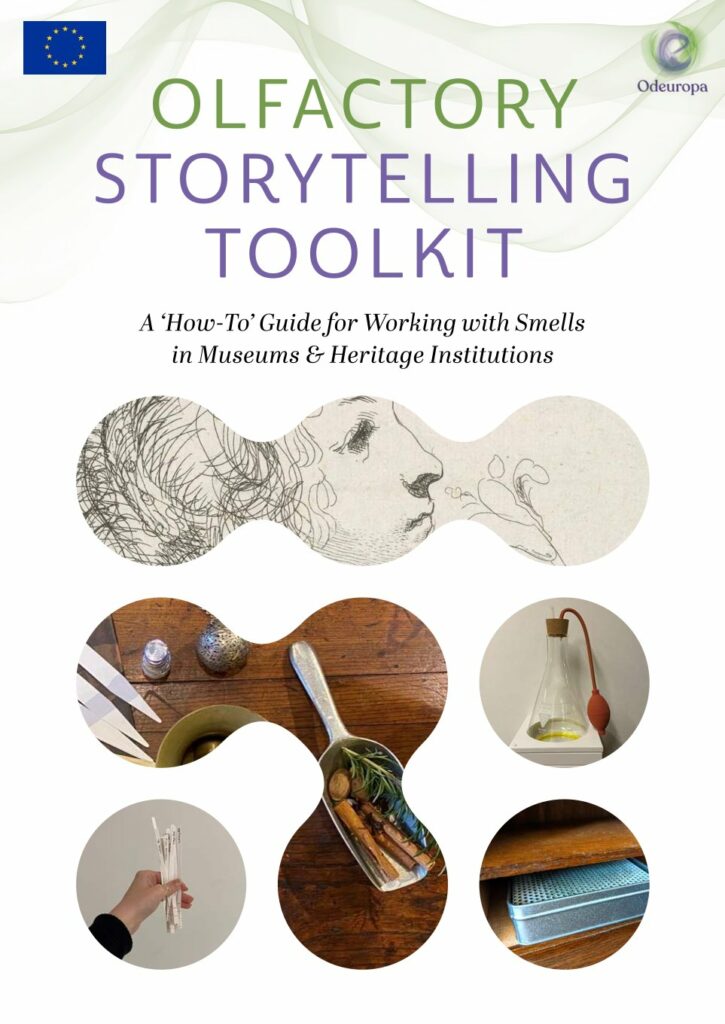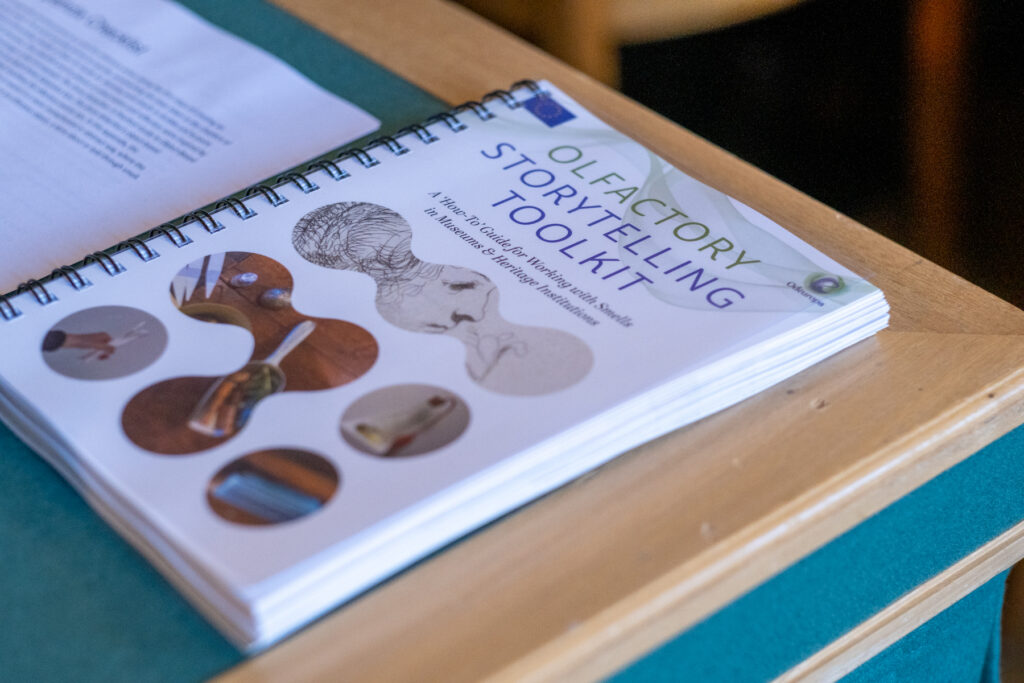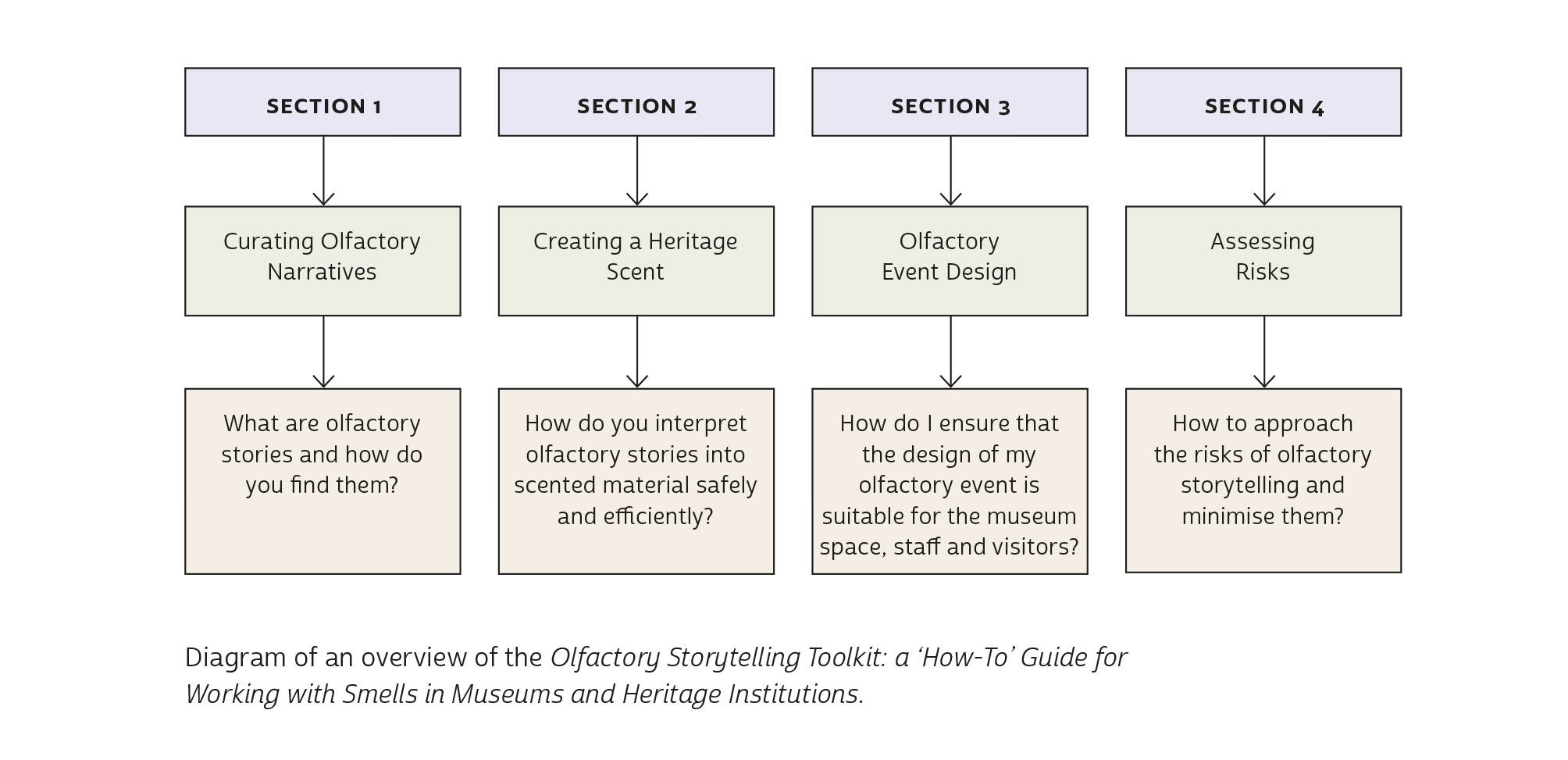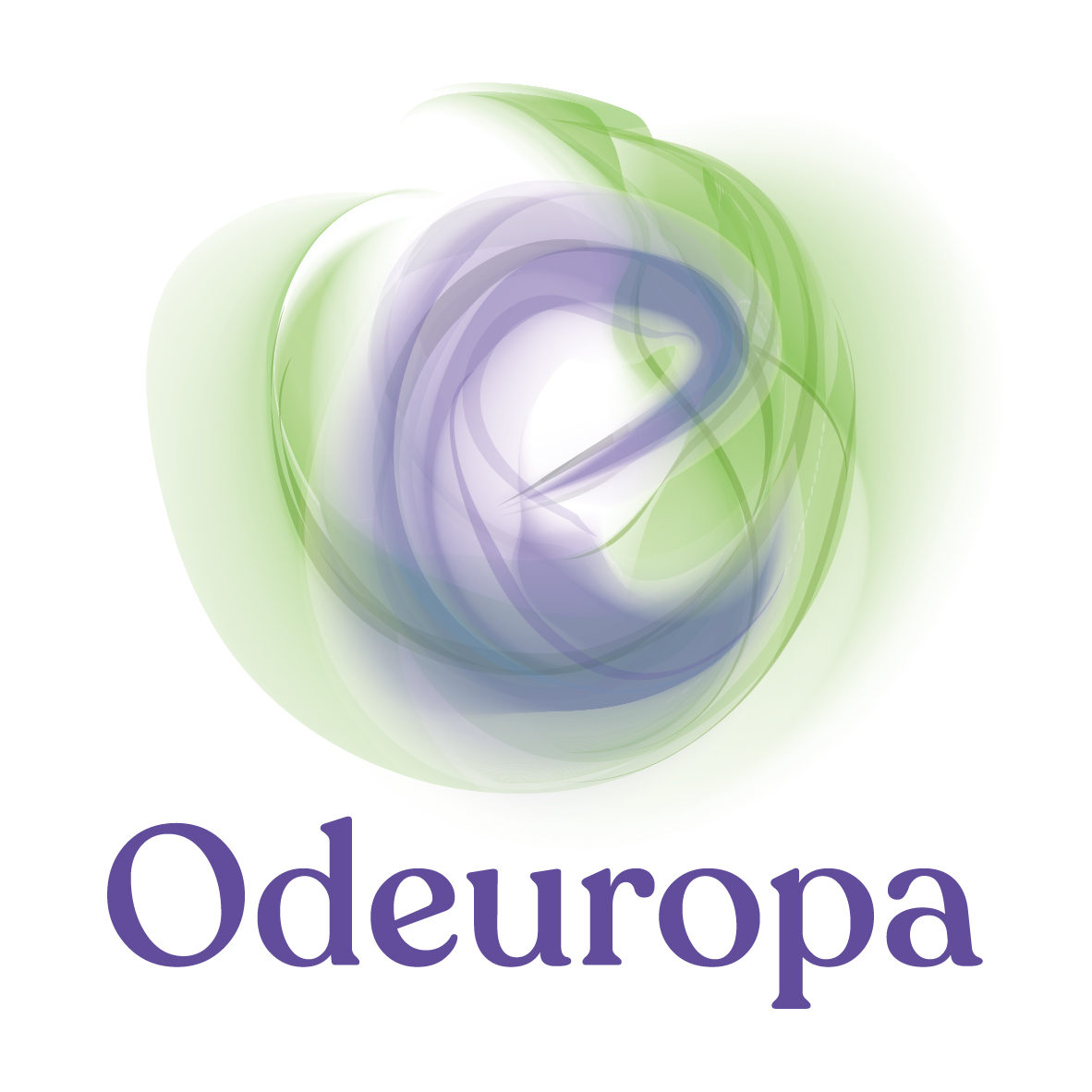
Scent in the museum. For a long time, this phrase would have raised red flags for conservators, curators, archivists and visitors of heritage spaces – and in many cases it still does. Scents? Where? Surely not in the galleries or in the depot?! Do they indicate undesirable moulds in books or other objects? Are odours spilling from the restroom or the museum café? Do these scents suggest the presence of airborne dangers that might affect the artefacts? Recognised as a hazard or simply lurking in the background, visitors and heritage professionals alike are not accustomed to actively paying attention to smells in cultural heritage institutions. Scents are assumed to be incidental, unintentional, and unwanted.
Odeuropa’s Olfactory Storytelling Toolkit: A ‘How-To’ Guide for Working with Smells in GLAMs and Heritage Institutions is created for conservators, curators, educators, tour guides, museum directors, archivists, librarians, and all others who are interested to work with smells in a heritage context. This guide is a resource that provides a basis to use smell as a storytelling technique within your own curatorial practice. It provides methods – from beginning to end – to bring an olfactory narrative from the (physical) collection item towards visitor engagement. We not only present tips for building a strong olfactory narrative (and where to start finding those stories) but also outline practical elements of olfactory storytelling such as sniffing out olfactory objects and spaces with smellwalks and a sniffer in residence, best practices for presenting and distributing scents in the museum space, creating (heritage) scents with a scent designer and how to carry out your own risk assessment in GLAM environments.

The downloadable ‘How-To’ guide is connected to 11 practical resources, such as fillable worksheets and guidelines. It provides a powerful tool to inform heritage professionals on how to interpret their collections through scent.
Overview of the Olfactory Storytelling Toolkit:

- Curating Olfactory Narratives / Linking Scents with Collections
- Creating a Heritage Scent
- Olfactory Event Design
- Accessing Risks
Additionally, the ‘How-To’ guide contains content to help you feel inspired! Please check out our pages on Case Studies and Smell Manifestos for more information.
Download your free copy of the Olfactory Storytelling Toolkit: A ‘How-To’ Guide for Working with Smells in Museums and Heritage Institutions now!
We have created a checklist to help you navigate the different sections of the Olfactory Storytelling Toolkit and to easier develop your own olfactory event. This Appendix Checklist is published as part of the toolkit and can also be downloaded on its own.

For more information about the licensing and how to source this publication, please view the Zenodo record for the Olfactory Storytelling Toolkit: A ‘How-To’ Guide for Working with Smells in Museums and Heritage Institutions.
The Olfactory Storytelling Toolkit: A ‘How-To’ Guide for Working with Smells in Museums and Heritage Institutions was co-authored by Sofia Collette Ehrich, Inger Leemans, Cecilia Bembibre, William Tullett, Caro Verbeek, Georgios Alexopoulos, Lizzie Marx and Victoria-Anne Michel.
The entire guide was designed by Mijke Wondergem.
